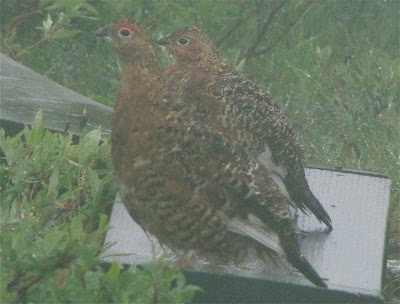 Scientific Name: Empidonax alnorum
Scientific Name: Empidonax alnorum
Population Estimate: 50M, Least Concern status
Range / Habitat: Summers in most of Alaska, Canada and New England. Winters in a swath of western South America. Favors moist shrubland habitat.
Field Notes: Medium-sized flycatcher of wet thickets. Drab olive on upper parts with two white wing bars. White underneath. Partial eye ring. Essentially identical to Willow Flycatcher, though with limited overlap in range in the northeastern United States and distinct songs.
Personal Notes:












